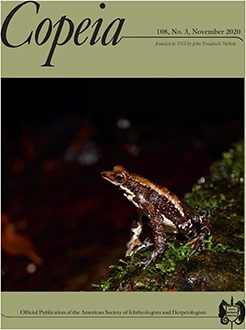Competition for resources between sympatric species can result in reduced fitness. Resource partitioning allows the minimization of competitive pressures, consequently promoting the coexistence of a diversity of species. We tested the hypothesis that the Striped Plateau Lizard (Sceloporus virgatus) and the Ornate Tree Lizard (Urosaurus ornatus) that occur in sympatry in the Chiricahua mountains of Arizona, USA have distinct ecological niches to minimize interspecific competition. We compared the activity times, perch microhabitat characteristics, and diet of these insectivorous lizards to test the prediction that they partition resources. Although we found no difference between the two species in the time at which lizards become active in the morning nor in the composition of their diets, the two species used different structural perch microhabitats. The Ornate Tree Lizard selected higher and narrower perches with more closed canopy than the Striped Plateau Lizard, and males generally occupied higher perches than females. These differences in perch microhabitat use may reduce interspecific competition and allow these two sympatric species to cohabitate.
How to translate text using browser tools
14 October 2020
Niche Partitioning between Two Sympatric Lizards in the Chiricahua Mountains of Arizona
Rachel Bergeron,
Gabriel Blouin-Demers
ACCESS THE FULL ARTICLE





